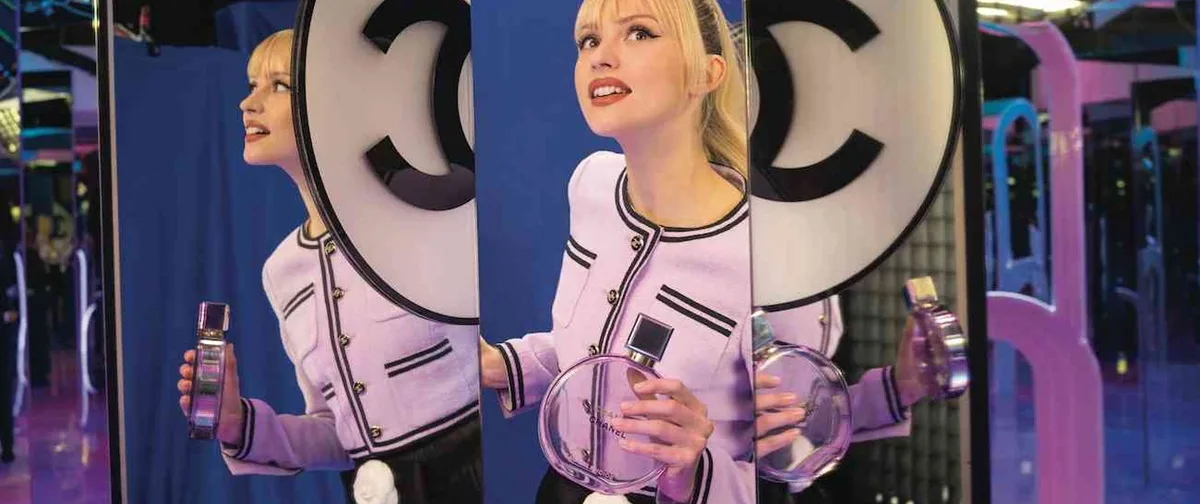By Charlie Young, Co-Founder of Vinoteca
Summer wines are coming. And just what are we going to be faced with? Shelves packed full of rosés and super-fresh whites such as Loire Sauvignons, teeth-grindingly acidic Vinho Verdes and Rieslings that taste like lime juice? Even some light and flowing reds, maybe served from the fridge, with dialled-down tannins and ramped-up fruitiness? Ooh, and let’s not forget fabulous fizzies which, let’s face it, means Prosecco by the container load and English, French and Spanish sparkling wines vying for the more discerning pound.
You may have detected an air of cynicism in the paragraph above, and it may also strike a chord amongst those of you who have been farmed examples which really did set your teeth on end and leave you wondering why your evening’s budget has disappeared so quickly.
It is true, as it is with all wine, that there are mountains of lazy examples out there. But there are also wonderful, inspiring or just plain bloody delicious versions that, with just a little nudging in the right direction, are there not only to be discovered, but to be enjoyed as they were intended – as an al fresco aperitif, with a meal on a terrace, or as part of a good old-fashioned BBQ. And always to be shared with friends.
Rosé
Good place to start. Look for something that has ripeness but not that kind of sugary sweetness that lingers and engulfs all other flavours. Freshness is key, and the kind of fruit flavours that burst from the most memorable bottles are redcurrants and cranberries, strawberry and orange. The best rosés for drinking on their own or with nibbles are simple versions with all of these attributes, easy to understand and even easier to drink. Ask your local independent wine merchant for examples from Navarra or Yecla in Spain, Tuscany in Italy or the Languedoc in France. Or try the brilliant Cote de Provence No.2 from Chateau de St Martin (£64.50).
Move up a notch or two, with wines made from older-vine fruit and perhaps aged in large-format old oak casks, and you add the savoury flavours and light spice that make them pair brilliantly with cured salmon, grilled pork or barbequed fish. The ‘Cru Classé’ Provence rosés will get you there, as well as those from Bandol such as Domaine de Terrebrune (£24).
Whites
Next up are tang-tastic white wines. We’re talking those which can wake you up from a mid-afternoon slump with an electric jolt, but which can then coax you into surfing its invigorating wave to the bottom of the bottle, rather than immediately batting you away with battery acid. Vinho Verde has come a long way in a relatively short time, and many combine the traditional low alcohol (10.5%) and spritzy tongue-fizz freshness with a rounder and fruitier character which literally makes all the difference. Try the Quinta do Ameal ‘Loureiro Classico’ (£16).
Riesling
The wine trade is fond of insisting how good Riesling is, but it’s a minefield. Is it dry, sweet, full, light, young, old, good, bad? It always helps to have a steer. So if we’re talking dry and super-zippy Riesling that delivers a stand-under-the-waterfall-in-your-underpants type experience, then look for dry Rieslings from the Pfalz, Mosel and Rheinhessen in Germany or the Clare Valley in South Australia. My current favourites are Riesling Trocken ‘Pirat’ from Kettern (£19.95) and the inimitable Rodney & The Horse Clare Valley Riesling (£14.95).
Sauvignon Blanc
I’m afraid that the stereo-typical Kiwi Sauvignon doesn’t get a look-in here. Pungent, capsicum-scented and thickly ripe Sauvignon clearly pushes some of the right buttons, but fresh and pure, chalky-fresh Loire Sauvignons make for proper summer drinking. Always consider the big hitter Loire Sauvignons such as Sancerre, Pouilly Fume and Menetou Salon, but an IGP Val de Loire Sauvignon makes financial sense and will put a big sunny smile on your face. Try the refreshing, citrusy and grassy Sauvignon Blanc from Wally (£22.50).
Light reds
Light reds, although we know make sense, do scare many of us away. Don’t be frightened. That local friendly wine merchant will come in handy here. She or he will probably steer you towards Beaujolais or Valpolicella, and very worthy they are; but if you’re feeling adventurous, you should try a Dornfelder from Germany or an English red – the best examples of which are fruity and ripe yet soft and easy to drink. Denbies Redlands (£13.95), a Pinot Noir led blend from Sussex, is delicious and won’t break the bank like many English wines.
Winemakers from all over the world are becoming more confident in producing lighter, lower alcohol reds, and as the quality of the fruit they use is often high, they can make for delightful summer drinking. A good example is the cherry and spice-laced northern Rhone Cinsault from Burgundy producer Mark Haisma, which we’ll be serving all season.
Fizz
We all know and love Prosecco. Go for the cheapest options and you’ll get something made from high-yielding Glera grapes grown low down on the plains in Italy’s Veneto region. A few more worthy pounds and you’re likely to be drinking wines distinguished by high-quality grapes from the Conegliano-Valdobbiadene ‘zone’.
Trading up? We all know and love Champagne, but ignore English sparkling wine at your peril. They are often made just like Champagne from the same grapes, from the same soil types and in a similar climate. We’re loving the Cornwall Brut from Camel Valley (£29), with its cascades of citrus and freshly baked bread flavours. Who doesn’t love Cornwall anyway?
Shorts on, sunnies perched atop, flip-flops wedged in? Good, that means it’s summer. You know what to drink.

















Show Comments +